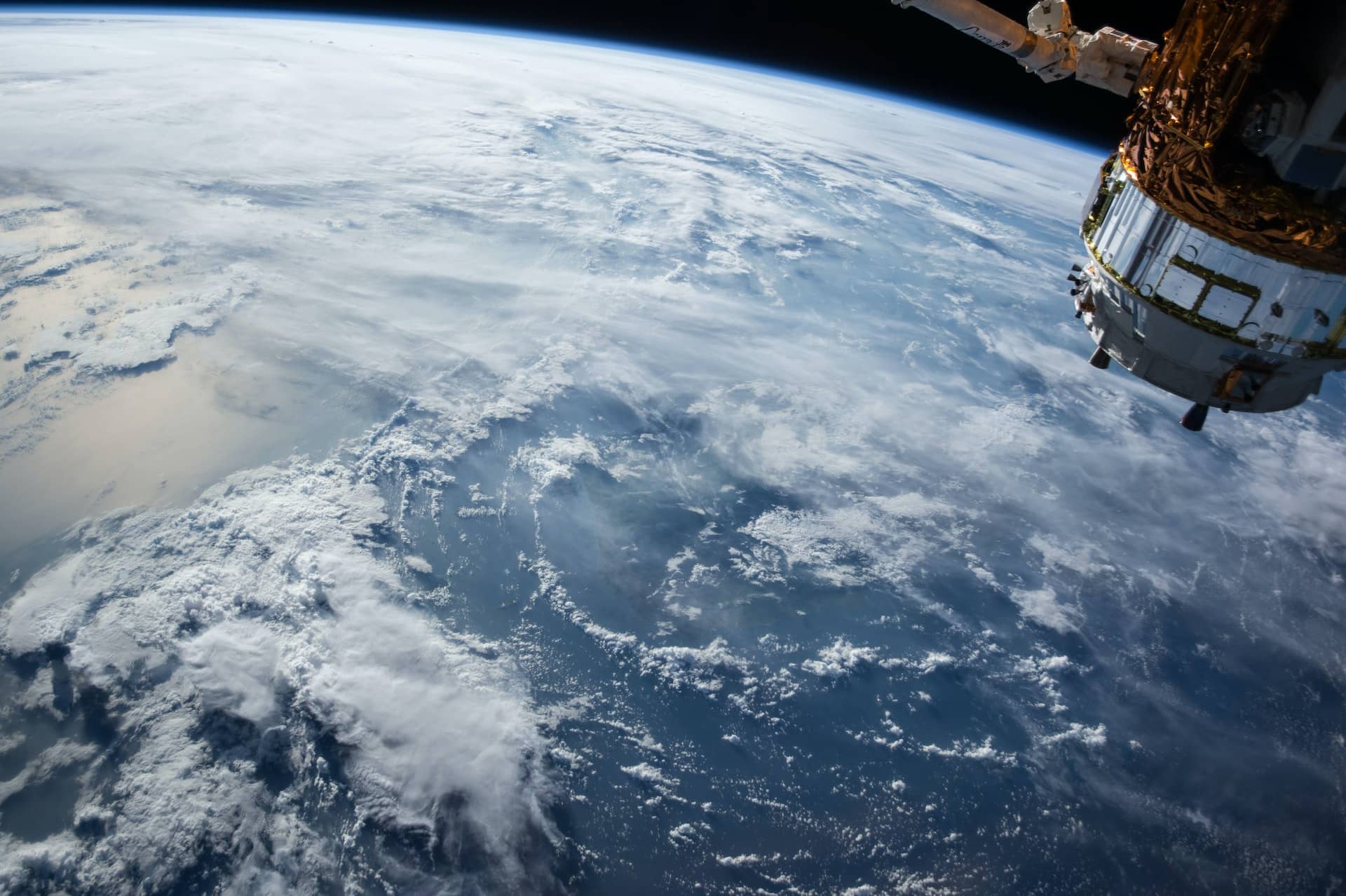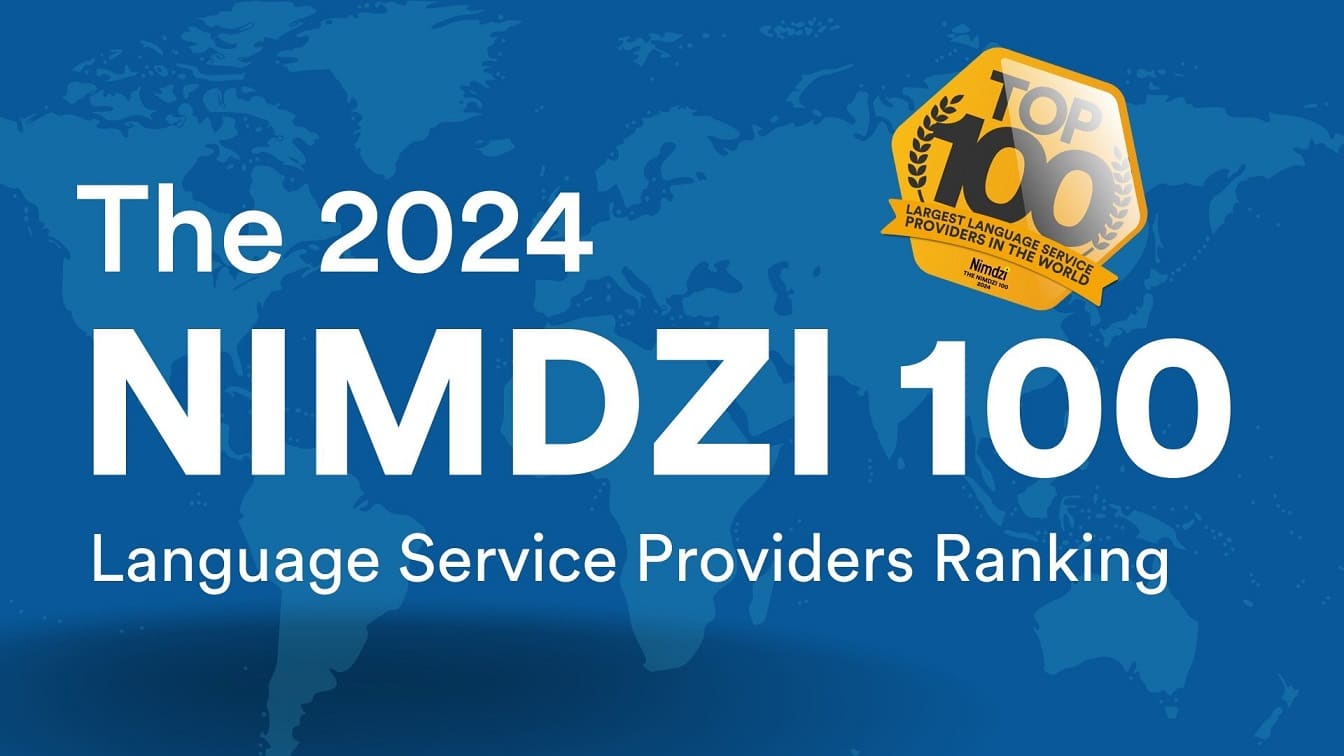The Verbit Company was excited to play a part in making an exciting event focusing on space and the James Webb Space Telescope accessible to viewers. The American Council for the Blind (ACB) sponsored the live event, which showcased the scientists who create detailed alt text descriptions of scientific images. These writers carefully word their descriptions to allow people who are blind or have low vision to understand the images.
Verbit’s captioning, which offers the accuracy levels necessary to provide equitable access to events and adhere to laws like the ADA, supported the ACB and its mission to make space education more accessible. Verbit’s media-arm, VITAC, provided the captioning for the YouTube video pro-bono.
The importance of accessible science
The panel discussed the importance of making science approachable for a broader audience, including people with disabilities. Efforts to ensure astronomy is accessible are part of a larger cultural shift. The Verbit Company is excited to be a part of this movement. Fortunately, a growing number of people in STEM fields now see the value of diversity in their industry. Whether it’s captioning technical courses or providing audio description for educational videos, accessibility solutions should be a key consideration. The improved access to the Webb images is a step that science educators can take to inspire a new generation of scientists, including students with disabilities.
At the event, ACB’s Clark Rachfal, who is blind, described growing up in the 1980s when everything from the Hubble Telescope to ET made space a popular subject. While he had a passion for space, he also realized that his experience wasn’t the same as his classmates. Now, innovations are bringing new space-related experiences for people who are blind. From touch exhibits at the Smithsonian to a space camp for children who are blind, the ability to experience this subject matter more completely is continuing to grow.
“These images are coming to us with some amazing descriptions and alt text that brings these images to life,” he said, speaking of the Webb telescope’s imagery.
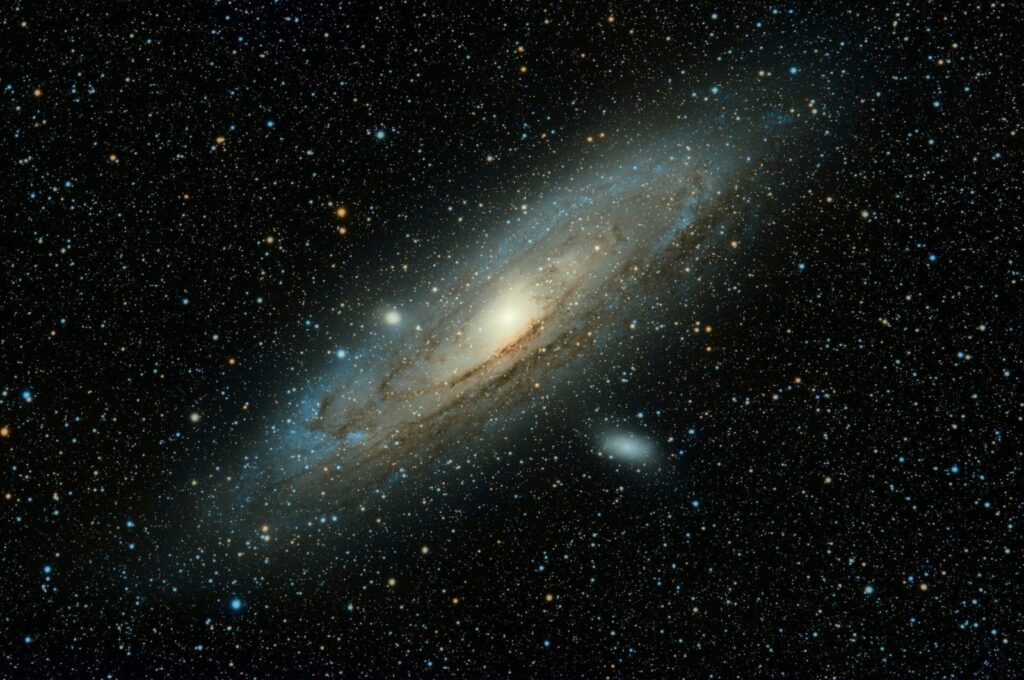
Exploring The James Webb Space Telescope
Last July, NASA published the first images from Webb. Webb is the largest and most powerful telescope in the world. NASA says that thanks to this new technology, we’re entering a “new era in astronomy.”
The enthusiastic response to the early images from Webb proves that the new technology didn’t disappoint. Relying on mid-infrared instruments, Webb captured more details about the cosmos than astronomers have ever been able to see. It’s almost hard not to romanticize the images for their awe-inspiring beauty. However, beyond their aesthetic, the images also share seemingly endless information. In fact, scientists have already made new discoveries from just the earliest results of the telescope.
The saturation of information combined with the beauty of Webb’s images mean that providing audio description for them is a heavy lift. Writers who specialize in this must somehow capture everything these images demonstrate. Without this resource, the images wouldn’t be accessible to many individuals.
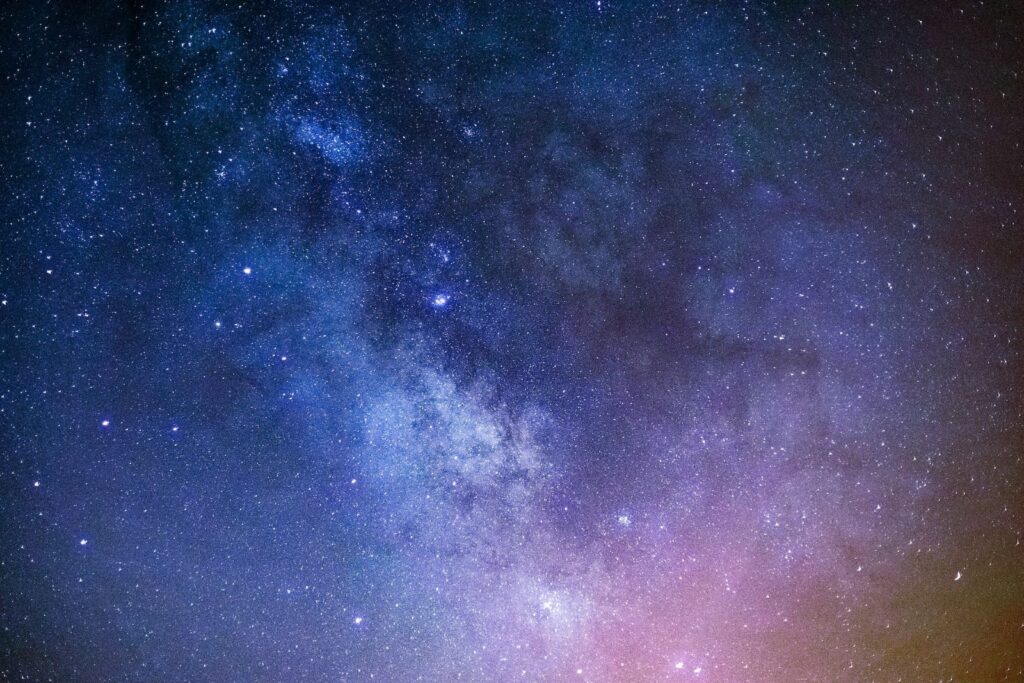
The exciting task of describing Webb’s images
Complete descriptions of the images from Webb require scientific knowledge and a knack for artistic writing. The ACB connected with three of the writers who work to ensure everyone can understand these images.
The panel discussed how they approach the task of describing the images in a way that’s scientifically relevant. Whether it’s defining a “nebula,” referring to the colors or shapes of the objects in the images, these writers take a careful approach to convey the images as well as possible.
Another tactic science writer Claire Blome uses is to describe the orientation of the image using the face of a clock for context. According to Blome, the heavy details in the image required the ability to offer more spatial context than right and left or north, south, east and west. A clock face was something that people are familiar with and that allowed her to better explain the positioning of the many objects.
When it comes to describing images from the Webb telescope, it’s also critical to get the science right. For instance, the moon Triton is icy and highly reflective. As a result, Dr. Kelly Lepo says that in a particular image of Neptune, Triton looks like a star “but is, in fact, a very sneaky moon.”
In this way, astronomers and writers collaborate to describe the science and the beauty of the Webb telescope images.
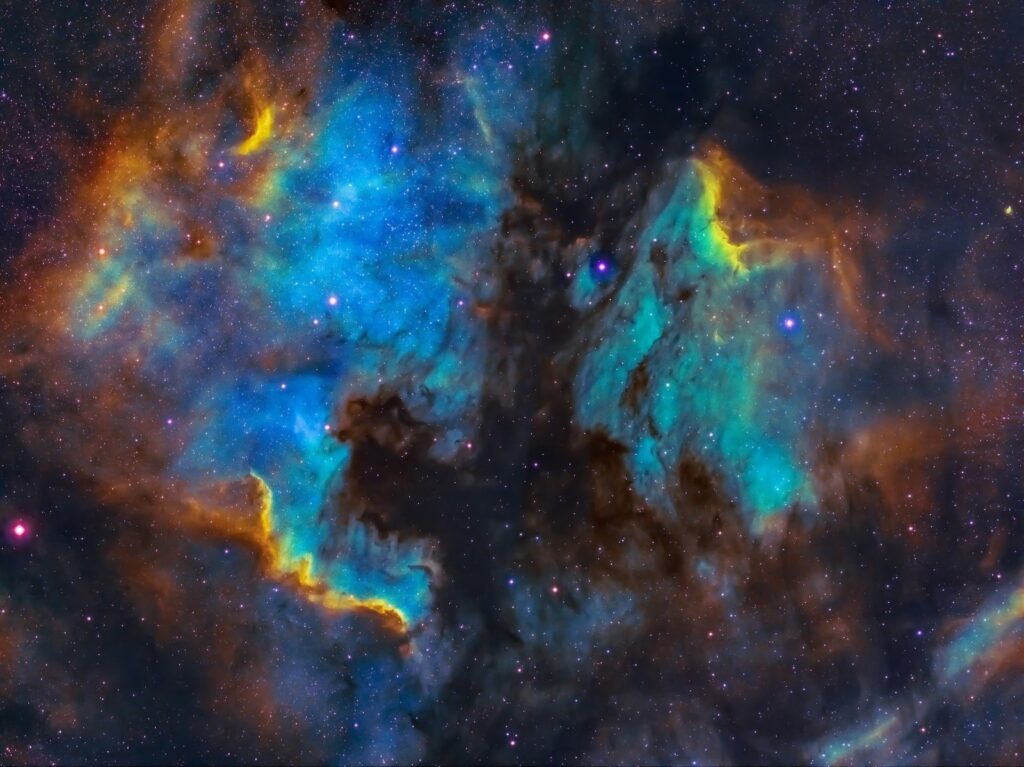
Why today’s innovators & educators must make their content accessible
Verbit’s mission is to make the world a more inclusive and accessible place. Technology is helping people with disabilities gain independence, pursue education and excel in their chosen professions. Captioning this event was a part of that objective. Additionally, Verbit’s tech-minded approach to accessibility makes the company a key partner to those interested in embracing more inclusive practices for their live streams and events.
Verbit provides captioning, transcription, audio description and other accessibility solutions for businesses, universities, non-profits and other institutions worldwide. These solutions are helping to include individuals with disabilities, among so many others, in experiences with equity. Contact us to learn how we can help your organization become more inclusive. We’ll also be at the M-Enabling Summit this October in Washington, D.C. to explore ways to promote equal opportunities.
